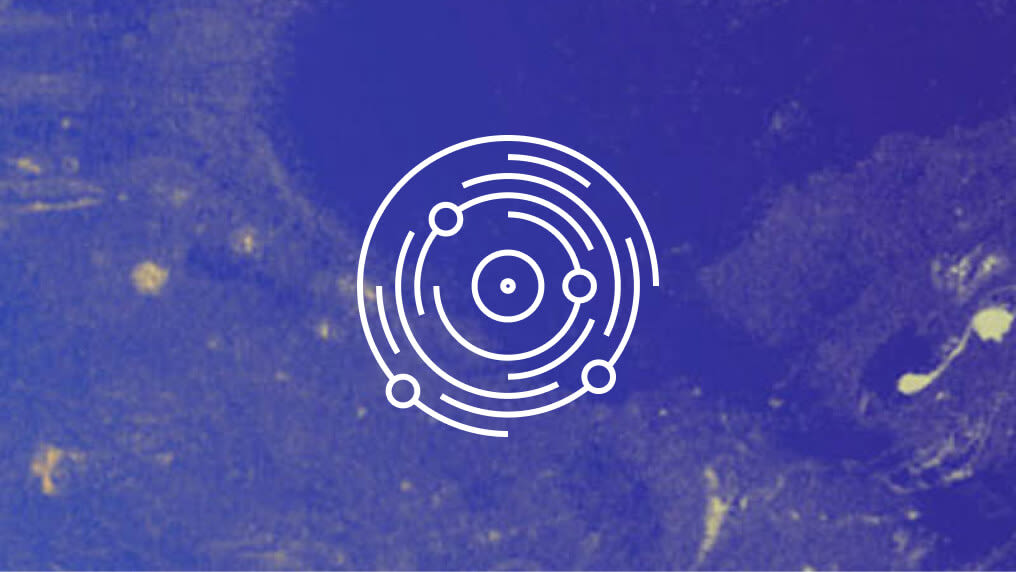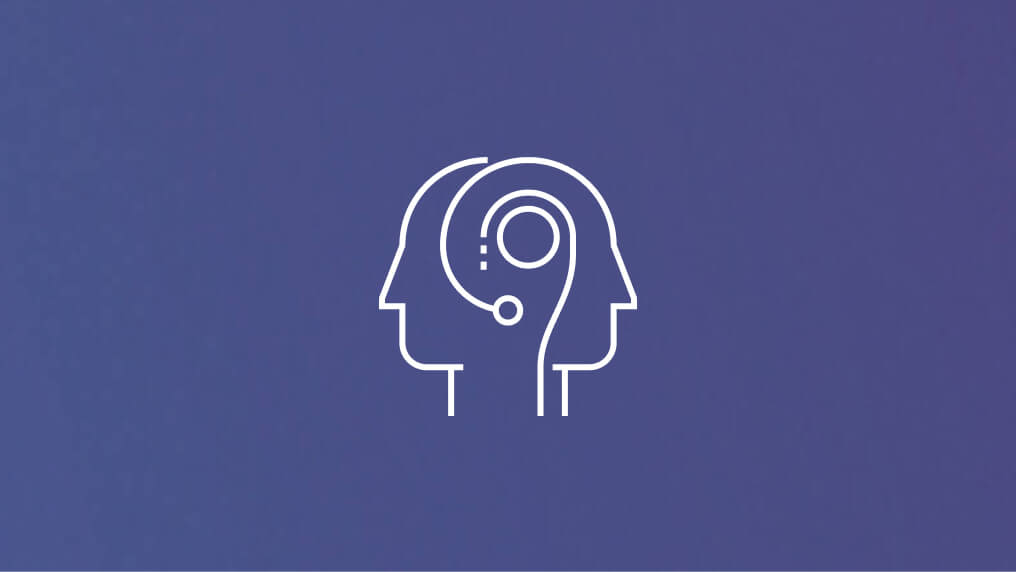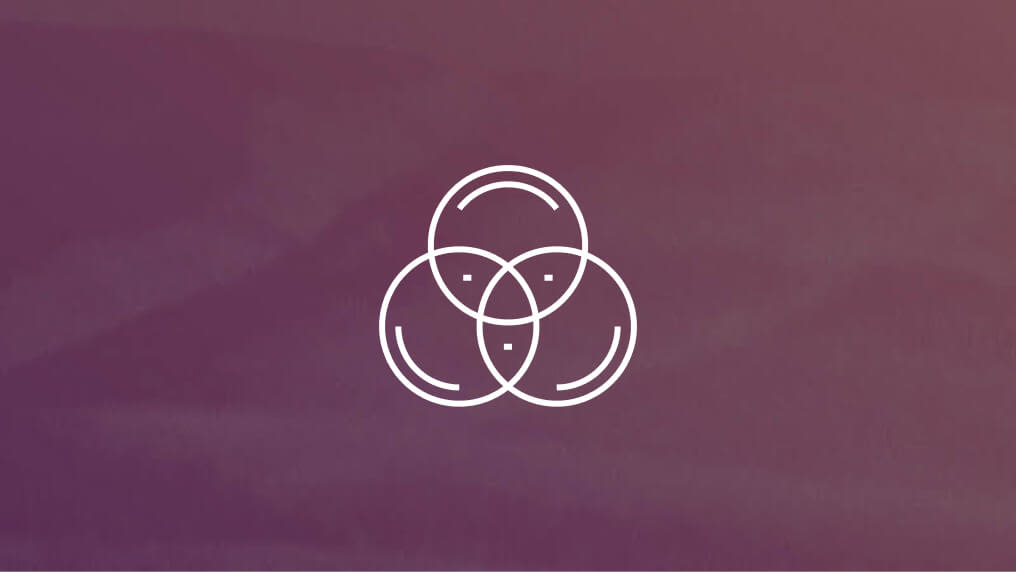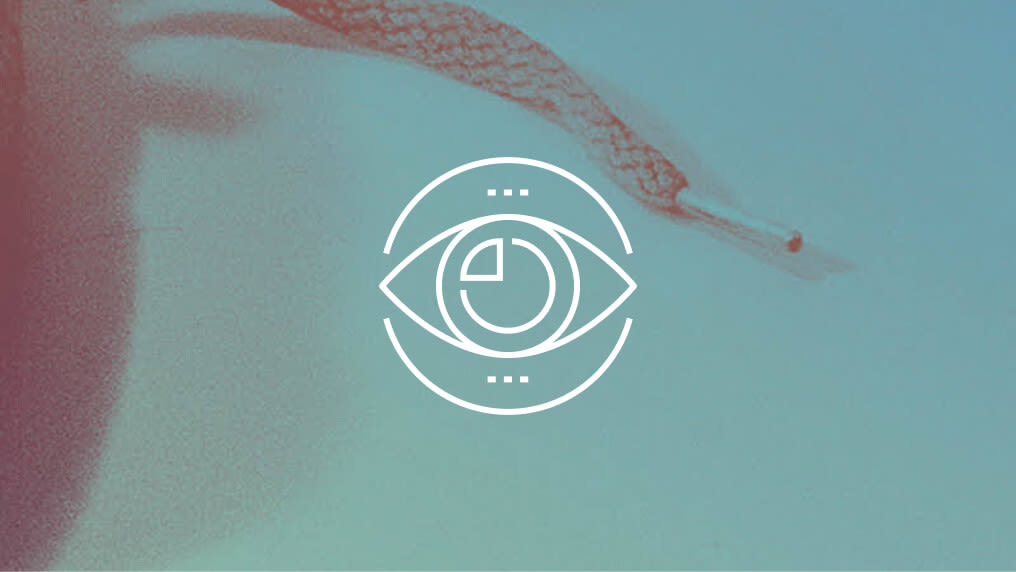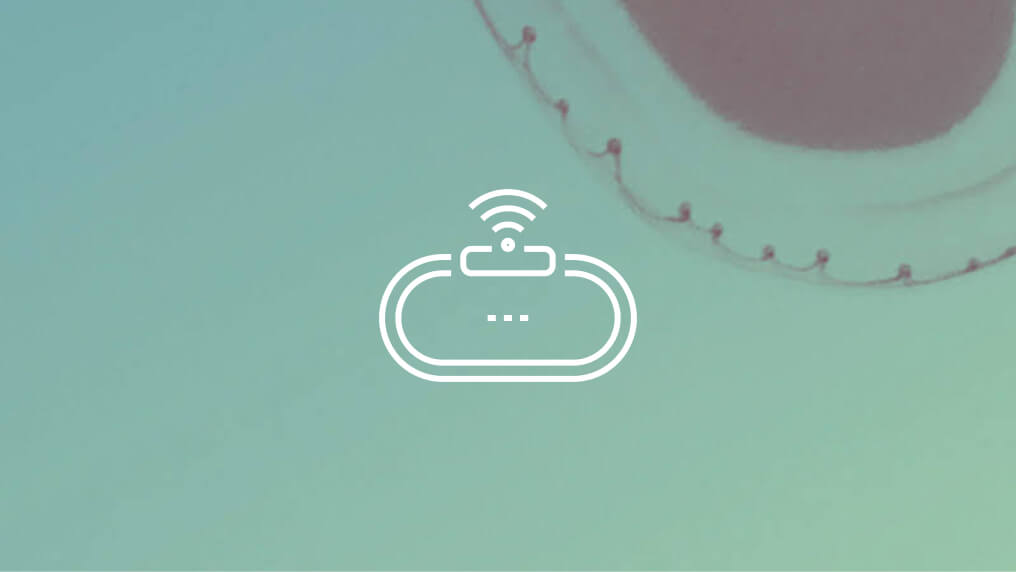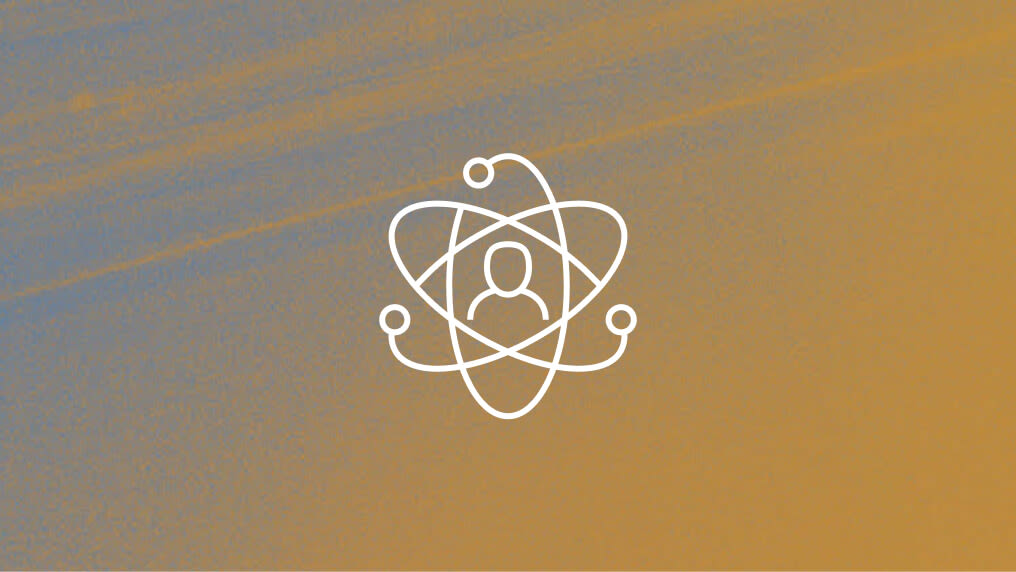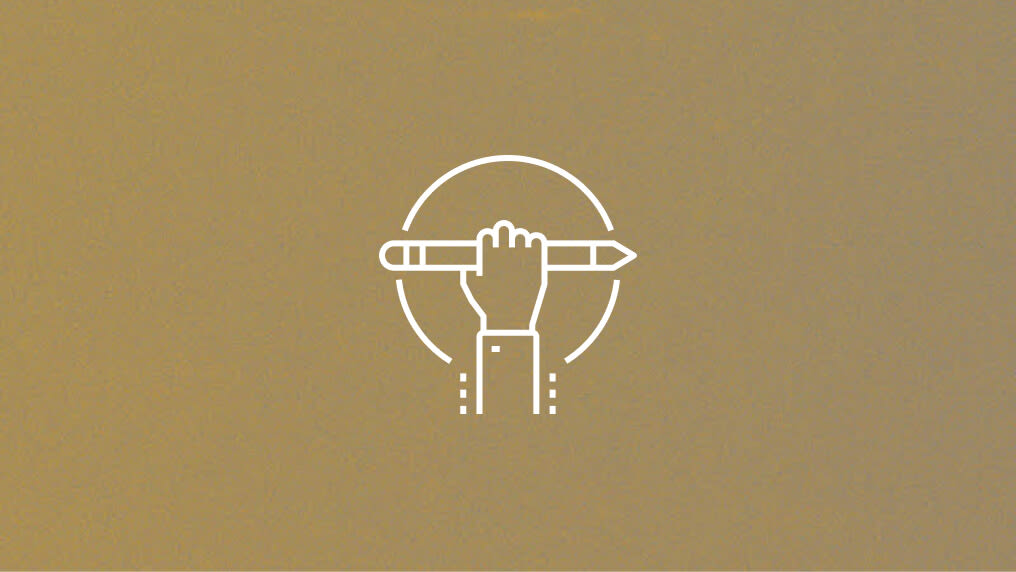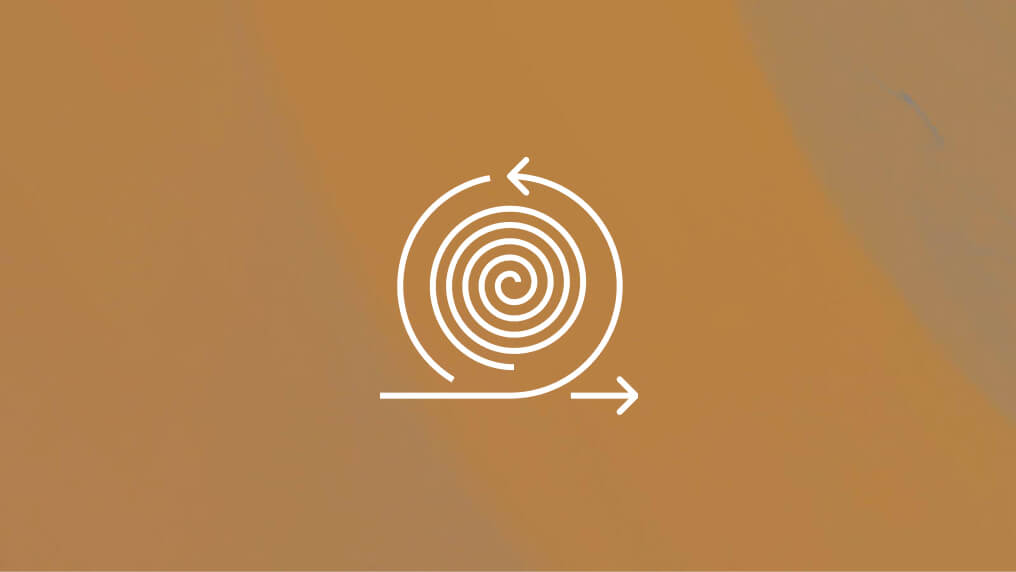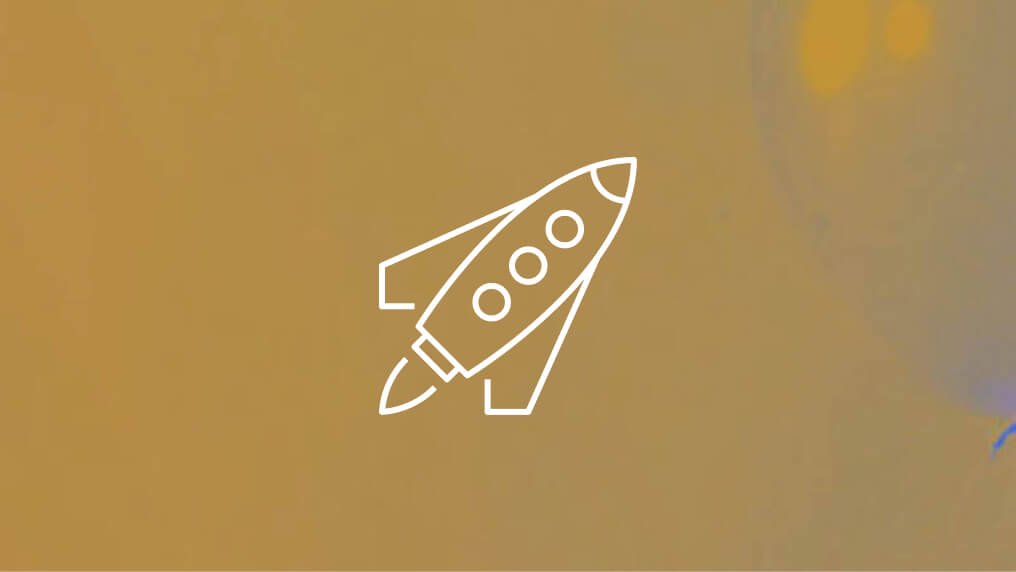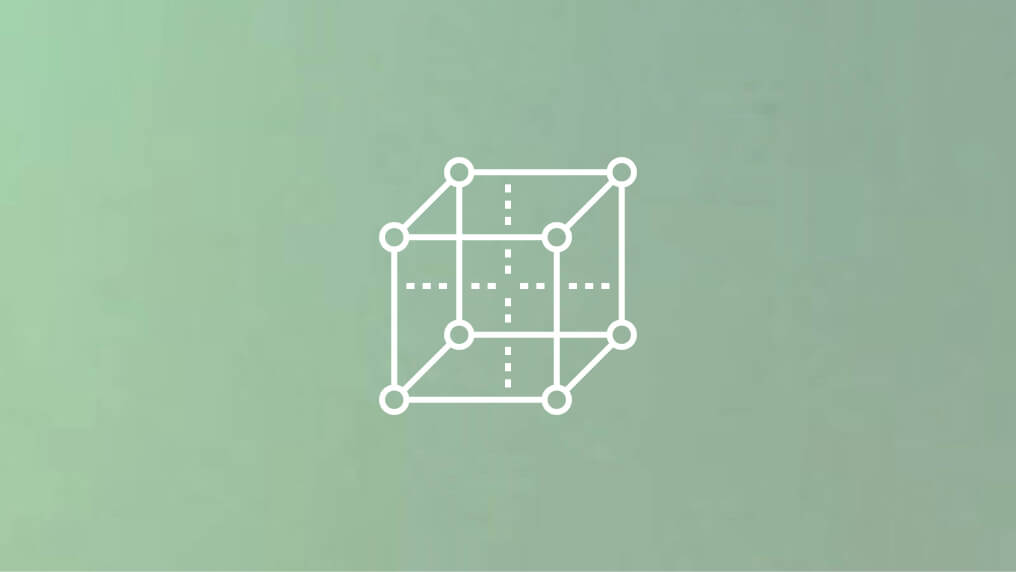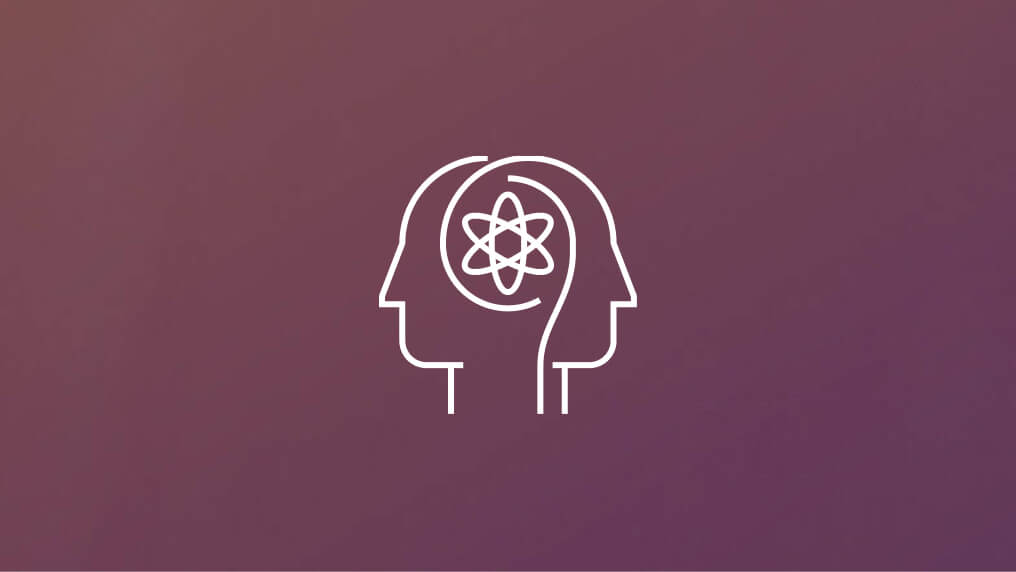We appreciate that everyone’s starting point with the circular economycircular economyA systems solution framework that tackles global challenges like climate change, biodiversity loss, waste, and pollution. It is based on three principles, driven by design: eliminate waste and pollution, circulate products and materials (at their highest value), and regenerate nature. varies. Maybe you’re a designer just starting your career, a budding entrepreneur looking to start a business or perhaps you’re trying to change your organisation from within. Here we’ve got two starting points:
1. Find a problem to solve
2. Get buy-in to get going
Looking for a problem to solve?
Below are two sample challenges that really need solving. There’s a lot of context surrounding each one, but as you apply the different methods against them you should develop your own unique understanding of the issue.
Suggested methods to focus on
Have an idea but struggling to get your business onboard?
So you feel familiar with the design process for developing circular innovations, but perhaps you could still do with some tips when it comes to building the confidence and engagement needed to scale and integrate circularity in your business? Here are three things to consider.
Suggested methods to focus on
Looking for a problem to solve?
Below are two sample challenges that really need solving. There’s a lot of context surrounding each one, but as you apply the different methods against them you should develop your own unique understanding of the issue.
1. How might we redesign single use plastic packaging to drastically reduce waste or to ensure the waste is more easily recycled?
Only 14% of plastic packaging is recycled annually, much of the rest leaks into the environment. If we don’t revert this trend there could be more plastics than fish in the ocean by 2050. A third of what leaks into our ecosystem is plastic packaging – and single-use packaging is one of the big culprits: think tear-offs, ketchup sachets, condoms, coffee cup lids, screw tops, straws; anything we use once and then tend to throw out. How might we design out the need for separate lids, tops or straws? How might we turn single use in to reuse or multi-use? How might embedded data within packaging enable better reuse, return or collection?
2. How might you offer your product as a service?
Pick a manufactured product that you have been developing or are familiar with and consider how you can create service layers that facilitate more users for that product within its life cycle, prolong its life cycle or enable more usages for the materials beyond the initial life cycle. Think take-back models, repairrepairOperation by which a faulty or broken product or component is returned back to a usable state to fulfil its intended use. services, upgradability or a sharingsharingThe use of a product by multiple users. It is a practice that retains the highest value of a product by extending its use period. system. How might service offers and embedded intelligence bring more personalised experiences to the users? How might you improve the performance of the product and/or material?
Have an idea but struggling to get your business onboard?
So you feel familiar with the design process for developing circular innovations, but perhaps you could still do with some tips when it comes to building the confidence and engagement needed to scale and integrate circularity in your business? Here are three things to consider.
1. Demonstrate the potential of your circular innovation.
Build proof-of-concept in terms that matter to your business. These will likely include factors such as fit with brand or key business case metrics such as offer desirability, commercial viability, organisational and technical feasibility. “Launching to learn” with a “works like real” prototype at a small scale is a great way to explore sales potential, brand fit, costs, operational capabilities, and new technology partners.
2. Collaborate vertically and horizontally in new ways.
Identify and involve key stakeholders (cross product category and potentially cross value chain) as part of a multi-disciplinary design team. Task them to explore new questions around how circularity can better meet user needs, business needs, and be technically feasible. This will increase ownership of your circular innovation, as more parts of the business become familiar with the insights behind the idea.
3. Demonstrate you can manage risks.
Your business will want to understand that you have a process in place for managing the risks of disruption to the business. Risks can be mitigated through early iterative low-to-medium fidelity prototyping (cycles of design and user testing). This phase allows you to rapidly and cheaply evolve and validate your circular innovation, and the business case for it, before significant investments are made.

Circular Design Guide
This page is part of the Circular Design Guide. Get an overview of the project, or dive straight into our activities to help you understand, define, make, and release circular innovations.

